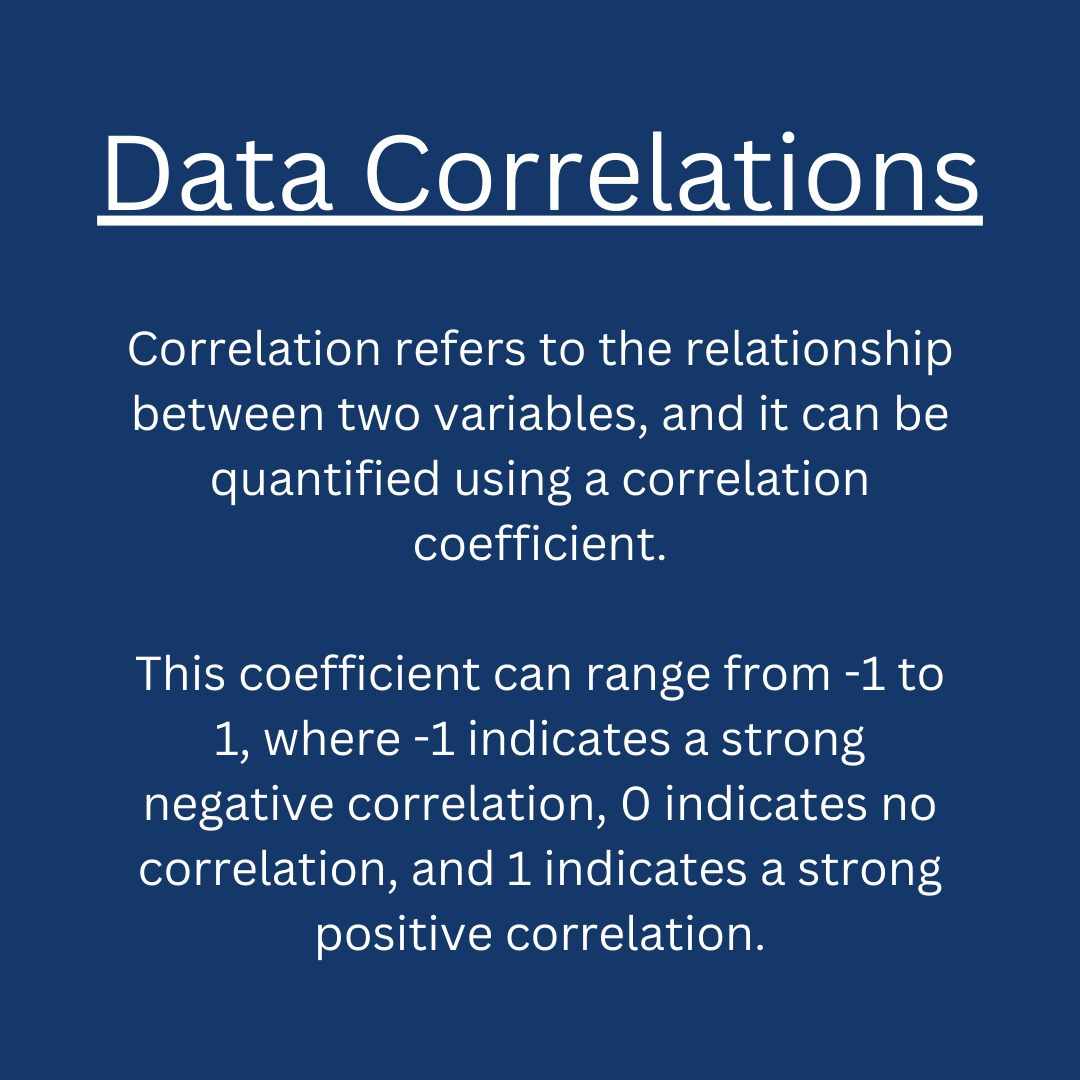Day 52 of #60daysOfMachineLearning
🔷 Deep Learning 🔷
Deep learning is a type of machine learning algorithm that uses deep neural networks to learn complex patterns and relationships in data.
🔷 Deep Learning 🔷
Deep learning is a type of machine learning algorithm that uses deep neural networks to learn complex patterns and relationships in data.

In deep learning, the model is a neural network that consists of multiple layers of interconnected nodes, called neurons, that process and transform the input data.
The neurons in each layer extract and combine features from the data, and the model learns to map the features to the desired outputs through a training process that adjusts the weights of the connections between the neurons.
Deep learning can be used for a variety of tasks, such as image recognition, natural language processing, and time series forecasting.
Some popular deep learning algorithms include convolutional neural networks, recurrent neural networks, and autoencoders.
Deep learning has achieved state-of-the-art performance on many challenging tasks, and it has the potential to unlock new insights and applications in many fields.
However, deep learning can require large amounts of data and computational resources, and it can be difficult to design, train, and interpret deep neural networks.
Overall, deep learning is an exciting and promising area of machine learning that has the potential to revolutionize many fields and industries.
Need help learning? Join the AI Learning Community and let’s learn together!
ailearninghub.io/community/
ailearninghub.io/community/
• • •
Missing some Tweet in this thread? You can try to
force a refresh











